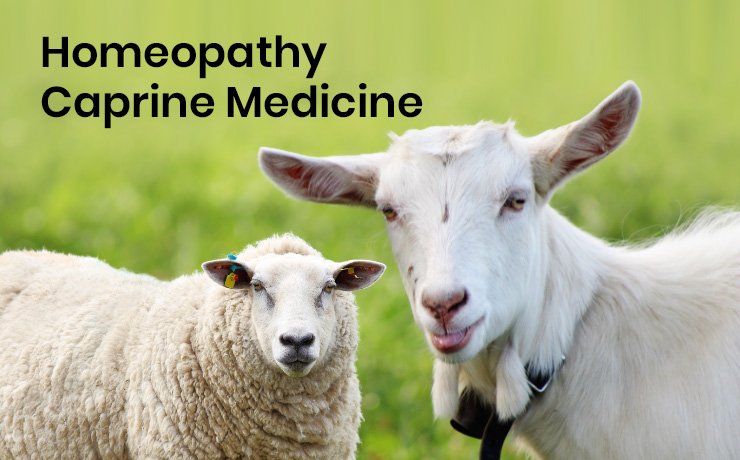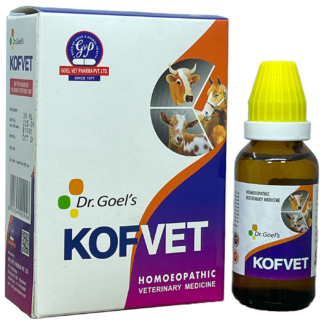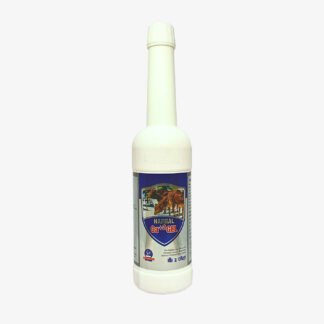When Fur Turns Funky: Combating Fungal Infections on Dogs and Cats

Is your pet a cat or a dog that has an itching issue? Is their fur cover now becoming more patchy than before? It could be a fungal infection in your dog or cat. These irritant burglars can cause myriad undesirable symptoms for your pet, making them uncomfortable and forcing you to scratch your head, thinking of eliminating the invaders.
Rest easy, pet parents! This blog is here to equip you with all the necessary knowledge to identify and combat fungal infections in your pet dogs or cats. We’ll explore the available options, such as cat skin medicine, yeast infection treatment for dogs, and the effectiveness of a good pet antifungal shampoo. Furthermore, we`ll also explore the common reasons for pet hair loss, a common symptom of fungal infections.
Recognising the Signs of a Fungal Infection
Fungi, microscopic organisms that thrive in warm, moist environments, can take root on your pet’s skin, nails, or ears, causing various issues. Here’s what to watch out for:
- Intense Itching: Your pet might be scratching incessantly, particularly at the affected area.
- Hair Loss: Circular patches of fur loss are a telltale sign, especially with ringworms in cats.
- Redness and Inflammation: The infected area might appear red, irritated, and inflamed.
- Scaly Skin and Crusting: Look for dry, flaky skin or crusty patches on your pet’s fur.
- Brittle Nails: Discoloration, thickening, or brittleness of your pet’s nails could indicate a fungal infection.
- Head-Shaking and Ear Odor: Ear infections caused by fungi can cause head shaking and a foul odour.
Check Out Our Product : – DERMISULE for PETS 30ml For Skin Infections
Common Fungal Infections in Dogs and Cats
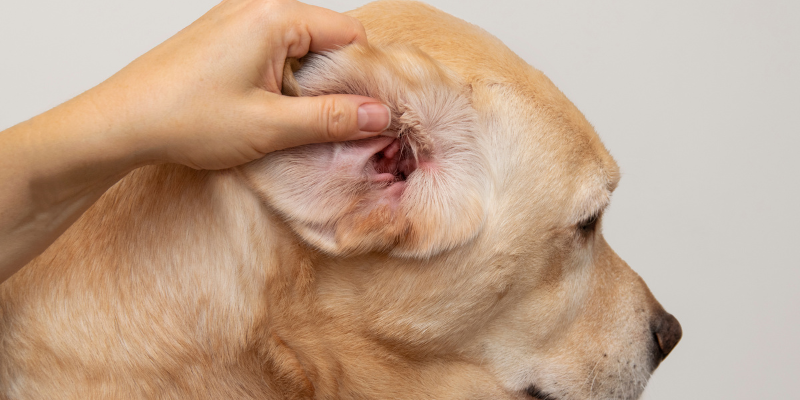
Two of the most frequent fungal infections in pets are:
- Ringworm: This highly contagious fungal infection can affect humans and animals. It causes circular patches of hair loss, often with a red, raised border.
- Yeast Dermatitis: Rest assured, pet owners, that fungal infections are treatable. One such condition is Yeast Dermatitis, also known as a yeast infection, which arises from an overgrowth of naturally occurring yeast on your pet’s skin. It’s more common in dogs with allergies or skin sensitivities, but with the right treatment, your pet can bounce back to health.
Treatment Options for Fungal Infections
If you suspect a fungal infection in your pet, it’s crucial to consult your veterinarian for a proper diagnosis and treatment plan. Here are some common approaches:
- Antifungal Medications: Oral medications or topical creams containing antifungal properties are often prescribed to combat the fungal infection directly.
- Pet Antifungal Shampoo: Medicated shampoos enriched with antifungal ingredients can help control the spread of the infection and soothe irritated skin.
- Dietary Changes: In some cases, dietary modifications may be recommended to address underlying allergies or imbalances contributing to yeast infections.
- Immunotherapy: If your pet has a weakened immune system, your vet might suggest immunotherapy to boost their defences against future fungal attacks.
The Benefits of a Pet Antifungal Shampoo
A good pet antifungal shampoo can be valuable in your pet’s fungal infection treatment arsenal. Here’s how it helps:
- Kills Fungus: Antifungal shampoos contain ingredients that directly target and eliminate the fungus on your pet’s skin.
- Soothes Irritation: Many medicated shampoos contain soothing and anti-inflammatory properties that relieve itching and discomfort.
- Reduces Spread: Regular bathing with an antifungal shampoo can help prevent the infection from spreading to other parts of your pet’s body or other animals in the household.
- Complements Other Treatments: Pet antifungal shampoo works effectively alongside oral medications or topical creams for a comprehensive approach.
Choosing the Right Cat Skin Medicine or Yeast Infection Treatment for Dogs
With various options for cat skin medicine and yeast infection treatment for dogs, consulting your veterinarian is key to selecting the most suitable product for your pet’s needs. They can consider factors like the type of fungal infection, the severity of the condition, and your pet’s sensitivities.
Preventing Fungal Infections in Your Pet
Here are some proactive steps you can take to minimise the risk of fungal infections in your pet:
- Maintain Good Hygiene: Regularly groom your pet and keep their living environment clean to reduce the chance of fungal growth.
- Manage Allergies: If your pet has allergies, treat them properly to prevent skin issues that can create an environment ripe for fungal growth.
- Control Parasites: Regularly treat your pet for fleas, ticks, and other parasites that can compromise skin health.
- Boost Their Immune System: Ensure your pet receives a balanced diet of essential nutrients to support a robust immune system.
Hair Loss in Pets Caused by Fungal Infections
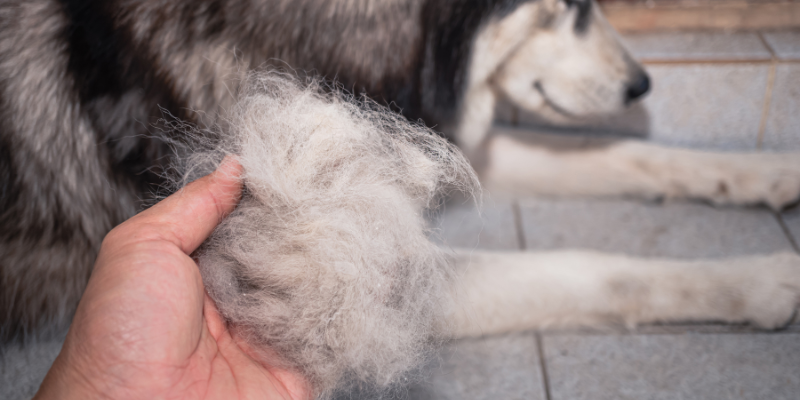
Hair loss is a common consequence of fungal infections in pets. The good news is that hair regrowth is entirely possible with proper treatment! Here’s what you can expect:
- Treatment Timeline: The timeframe for hair regrowth varies depending on the severity of the infection, the type of treatment, and your pet’s overall health. It can take anywhere from a few weeks to several months for your pet’s fur to fully return.
- Nutritional Support: During the hair regrowth phase, consider supplementing your pet’s diet with omega-3 fatty acids, vitamins, and minerals that promote healthy skin and fur growth. Consult your veterinarian to determine the right nutritional approach for your pet.
- Patience is Key: Be patient during the healing process. Resist the urge to shave your pet, which can irritate the skin and hinder hair regrowth.
Living with a Pet with a Fungal Infection
While a fungal infection can be disruptive, here’s how to manage the situation effectively:
- Minimise Contact: Ringworm is highly contagious. Isolate your pet from other animals (including humans with weakened immune systems) until the infection clears.
- Environmental Hygiene: Thoroughly clean and disinfect your pet’s bedding, toys, and grooming tools regularly to prevent the spread of fungal spores.
- Washing Hands: Wash your hands thoroughly with soap and water after handling your pet or their belongings to minimise your risk of infection.
- Veterinary Follow-Ups: Maintain regular appointments with your veterinarian to monitor your pet’s progress and ensure the infection is entirely eradicated.
Conclusion
Fungal infections may cause a temporary setback for your pet, but with the right approach, you can restore their comfort and confidence. Early action is vital. Don’t hesitate to seek help from your veterinarian if you notice any signs of hair loss in pets, itching, or red, inflamed skin. A veterinarian can accurately diagnose the culprit, whether ringworm in cats or a yeast infection in dogs and recommend the most effective treatment plan. This may include Oral Antifungal Medications, topical creams, or a soothing Pet Antifungal Shampoo. Remember, Cat Skin Medicine and Yeast Infection Treatment for Dogs come in various forms, so your vet will personalise the approach to your pet’s specific needs. While hair regrowth takes time, a healthy diet rich in essential nutrients can accelerate the process. By maintaining good hygiene, managing allergies, and controlling parasites, you can significantly reduce the risk of future fungi infections on Dogs and Cat Skin. With patience, dedication, and veterinary guidance, you can ensure your pet has healthy, beautiful fur and a renewed zest for life!
Must read : – Itchy and Scratchy: Recognizing and Treating Dog and Cat Skin Infections
 Australian Shepherd
Australian Shepherd Beagle
Beagle Belgium Shepherd
Belgium Shepherd Bernese Mountain Dog
Bernese Mountain Dog Border Collie
Border Collie Boxer
Boxer Bulldog
Bulldog Cavalier King Charles Spaniel
Cavalier King Charles Spaniel Chihuahua
Chihuahua Cocker Spaniel
Cocker Spaniel Dachshund
Dachshund Doberman Pinscher
Doberman Pinscher Dogo Argentino
Dogo Argentino French Bulldog
French Bulldog German Shepherd
German Shepherd Golden Retriever
Golden Retriever Great Dane
Great Dane Himalayan Shepherd
Himalayan Shepherd Indie Dogs
Indie Dogs Labrador Retriever
Labrador Retriever Pakistani Bully
Pakistani Bully Pembroke Welsh Corgi
Pembroke Welsh Corgi Pitbull
Pitbull Pomeranian
Pomeranian Poodle
Poodle Pug
Pug Rottweiler
Rottweiler Shih Tzu
Shih Tzu Siberian Husky
Siberian Husky Yorkshire Terrier
Yorkshire Terrier Abyssinian
Abyssinian American Bobtail
American Bobtail American Shorthair
American Shorthair Balinese Cat
Balinese Cat Bengal Cat
Bengal Cat Birman
Birman Bombay Cat
Bombay Cat British Longhair
British Longhair British Shorthair
British Shorthair Burmese Cat
Burmese Cat Devon Rex
Devon Rex Exotic Shorthair
Exotic Shorthair Himalayan Cat
Himalayan Cat Maine Coon
Maine Coon Oriental Shorthair
Oriental Shorthair Persian Cats
Persian Cats Ragdoll
Ragdoll Scottish Fold
Scottish Fold Siamese Cat
Siamese Cat Siberian Cat
Siberian Cat Sphynx Cat
Sphynx Cat






















